1
The process of delving headfirst into data management is hardly a walk in the park, just like embarking on a journey without a detailed map. When you consider the specifics of the data quality, the information, and the numerous data services that are available to you, you could get the impression that you are in a maze. Working with data merging on a daily basis has provided me with a comprehensive understanding of the numerous challenges that may be encountered throughout the procedures involved in this process.
At each and every turn, you will be required to locate the moment of equilibrium in which the knowledge is not only accurate but also beneficial. Beginning with workstations and progressing to organised data stores and platforms such as Amazon Web Services (AWS), the journey travels through the laborious process of acquiring data, analysing it, and loading it before culminating in the challenging task of combining data from a variety of sources.
I have acquired the abilities that are necessary for successfully confronting these challenges and being accurate in the ever-changing environment of data management from the experiences that I have had in my own life.
What is Data Virtualization Software?
The idea behind data virtualization (DV) is that an application can view and change data without needing to know a lot of technical information about it. It is possible to make a single form of data by combining data from different sources. The original data is still stored in the source systems. It’s not necessary to know things like how the data was formatted or where it is stored in order to show the data.
Best Free Data Virtualization software Comparison Table
It is one of the most essential pieces of software that you require at this time to have data virtualization software. It is true! The data virtualization softwares of today are quite adaptable, and as a result of intense competition, they have generally remained an investment that is relatively inexpensive for the majority of users.
| Feature | AWS Glue | lyftrondata | Data Virtuality | Denodo | Virtuoso |
|---|---|---|---|---|---|
| Type | Managed service | SaaS | On-premise and cloud | On-premise and cloud | On-premise and cloud |
| Target audience | Developers, data analysts | Business users, analysts | IT, developers | Business users, data analysts, developers | Analysts, developers |
| Data sources | Varied (AWS services, databases, etc.) | Primarily cloud-based sources | Varied (on-premise, cloud, databases) | Varied (on-premise, cloud, databases) | Varied (relational, non-relational, etc.) |
| Data management | ETL/ELT, data catalog | ELT | Data virtualization | Data virtualization | Data virtualization |
| Transformation capabilities | Code-based (Python, Scala) | Visual, code-free | Limited | Visual, code-based | Visual, code-based |
| Security | AWS security features | Built-in security | On-premise or cloud security | Built-in security | On-premise or cloud security |
Best Free Data Virtualization software
Solutions Review writers created this resource to help buyers choose the best data virtualization options for their organisation. Choosing the correct product and solution needs extensive research and often goes beyond the solution’s technical capabilities. To simplify your search, we’ve listed the top data virtualization tools. We have added solution and product line names and source-direct software tutorials to demonstrate each solution.
AWS Glue
| Feature | Description |
|---|---|
| Data Integration | Seamlessly integrates data from various sources |
| ETL Automation | Automates Extract, Transform, Load processes |
| Serverless | Runs without the need to provision or manage infrastructure |
| Visit Website |
The AWS Glue tool has shown to be an extremely useful instrument for managing data integration in a seamless manner. In addition to facilitating the discovery of data, this serverless service also helps to speed the processes of preparation and integration, which makes it an ideal choice for analytics, machine learning, and application development.
AWS Glue is distinguished by its capacity to simplify data preparation activities by means of automated discovery of data sources, code creation, and the execution of ETL operations. This is what sets it apart from other similar services.
The Good
- Scalable infrastructure
- Integration with other AWS services
- Easy to use with AWS ecosystem
The Bad
- Limited support for non-AWS data sources
- Complex pricing model
lyftrondata

| Feature | Description |
|---|---|
| Universal Query | Allows querying multiple data sources with SQL syntax |
| Data Virtualization | Provides a unified view of disparate data sources |
| Automated Metadata | Automatically discovers and catalogs data sources |
As the landscape of cloud-based data infrastructure continues to evolve, the Lyft Data Platform has emerged as an essential component. This platform deftly manages the input and processing of enormous data volumes, which enables it to power different aspects of Lyft’s operations, including ride-hailing, self-driving cars, and other creative efforts.
A key contribution to Lyft’s data-driven strategy is made by the fact that it manages a wide variety of data sources in a seamless manner, including ride requests, GPS locations, and sensor data.
The Good
- Simplifies data access and querying
- Comprehensive data virtualization capabilities
- Automated metadata management
The Bad
- Limited support for certain data sources
- May require additional setup for complex integrations
Data Virtuality

| Feature | Description |
|---|---|
| Data Virtualization | Integrates data from diverse sources without replication |
| Query Federation | Distributes queries across various data sources |
| Data Governance | Ensures compliance and security of data |
As I have become more familiar with the field of data virtualization, I have gained an appreciation for the function that it plays in establishing a unified view on data that comes from a variety of sources.
The complexities of the underlying data models can be deftly concealed through the use of data virtualization, which eliminates the need to physically move or replicate data. The idea of it is that it offers a single entry point for applications, which simplifies the user experience and encourages a more streamlined approach to the utilisation of data.
The Good
- Robust data virtualization capabilities
- Strong data governance features
- Scalable and high-performance query federation
The Bad
- Steeper learning curve for setup and configuration
- Limited support for some specialized data sources
Denodo

| Feature | Description |
|---|---|
| Data Virtualization | Provides unified access to distributed data |
| Agile Data Integration | Accelerates data integration projects |
| Data Governance | Ensures data security, compliance, and quality |
| Real-Time Data Delivery | Delivers real-time insights from disparate sources |
| Scalability | Scales to accommodate growing data volumes |
Welcome to Denodo, your portal to the blissful world of data virtualization. Denodo offers unified access to a multitude of data sources, offering real-time insights and breaking down the walls of data silos.
This is accomplished without the inconvenience of moving data around. Your application development should be simplified, and you should welcome the freedom that comes with easy data interaction.
The Good
- Enables rapid data integration and delivery
- Enhances data governance and compliance measures
- Supports real-time analytics and decision-making
The Bad
- Complex deployment and configuration process
- Resource-intensive for large-scale implementations
Virtuoso

| Feature | Description |
|---|---|
| RDF Triplestore | Stores and queries RDF data for linked data |
| SQL/RDF Federation | Integrates SQL and RDF data sources seamlessly |
| Data Virtualization | Unifies heterogeneous data sources |
| SPARQL Endpoint | Provides SPARQL query interface for RDF data |
| High Availability | Ensures continuous availability and fault tolerance |
Become acquainted with Virtuoso, the virtuoso unified data platform. Thanks to its seamless integration of data warehousing, online transaction processing (OLTP), and extensive analytics tools, Virtuoso is the ideal powerhouse for managing challenging big datasets.
No matter how big or little your data landscape is, you can rest assured that its scalable performance will allow you to tap into its full potential.
The Good
- Comprehensive support for RDF and SQL data
- Facilitates seamless integration of diverse data sources
- Offers high availability and fault tolerance for critical applications
The Bad
- Steeper learning curve for RDF and SPARQL concepts
- Requires adequate resources for optimal performance
When looking at free data sharing tools, make sure they meet your needs by checking the following features:
- You should look for tools that let you connect to many different types of data sources, such as databases (both relational and non-relational), data warehouses, cloud storage systems, APIs, and streaming services. Connecting to different data sources gives you options for how to access and combine info.
- Ease of Use: Pick tools that have a design that is clear and easy to use. There should be clear instructions and guidelines for the tool that make it easy for people to set it up and get started right away.
- Data Integration and Federation: Check how well the tool can combine and connect data from different sources. You should be able to mix and change data in real time or in batches, without having to move or copy the data.
- Query Optimisation: Look for tools that can improve the speed and efficiency of your searches. Query optimisation methods like query pushdown, parallel processing, caching, and indexing should be supported by the tool to cut down on latency and boost query speed.
- Data Governance and Security: Make sure the tool has strong features for data governance and security. To keep private information safe and make sure it follows the rules, it should have access controls, encryption, masking, auditing, and follow data privacy laws.
- information Management: Look for tools that can handle all aspects of information management. To make it easier to find data, track its history, and manage it, the tool should have a single location for data definitions, lineages, relationships, and annotations.
- Scalability and Performance: Pick tools that can handle a lot of data and multiple users at the same time that are flexible and performant. To meet the needs of growing data, the tool should be able to handle both horizontal and vertical scaling, distributed architecture, and resource optimisation.
- Community and Support: Look for tools that have a good support system and an active community of users. For users to share information and help each other fix problems, the tool should have forums, user groups, documentation, and support lines.
Questions and Answers
Is data virtualization worth it?
Data virtualization, on the other hand, lets you make data goods quickly. Data virtualization lets you manage data goods in one place and give them to customers without having to copy them. Data virtualization is a great way to build a base for current distributed data architecture and use cases.
Is Starburst a data virtualization tool?
This usually makes things run faster for some sources, like RDBMS. You can’t send queries to other sources, like data lakes and object storage, because there isn’t a solid engine for them. Starburst on the other hand brings all of your data to the question, no matter where it came from.
You Might Be Interested In

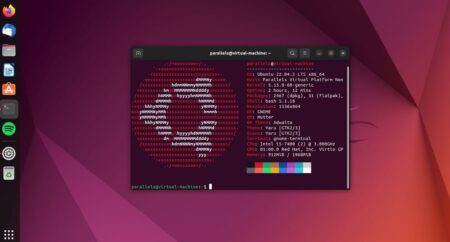
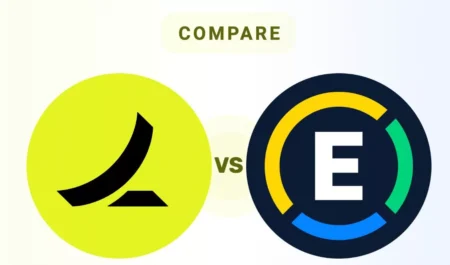


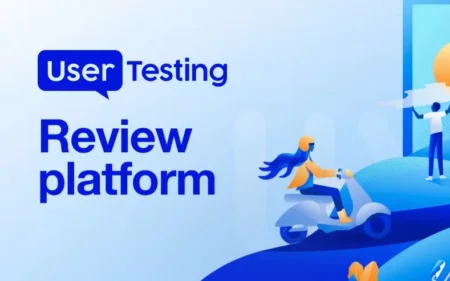

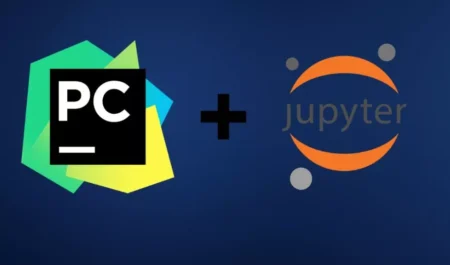
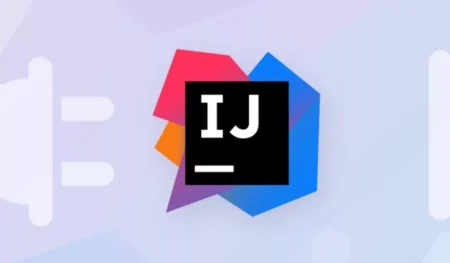

Leave a Reply